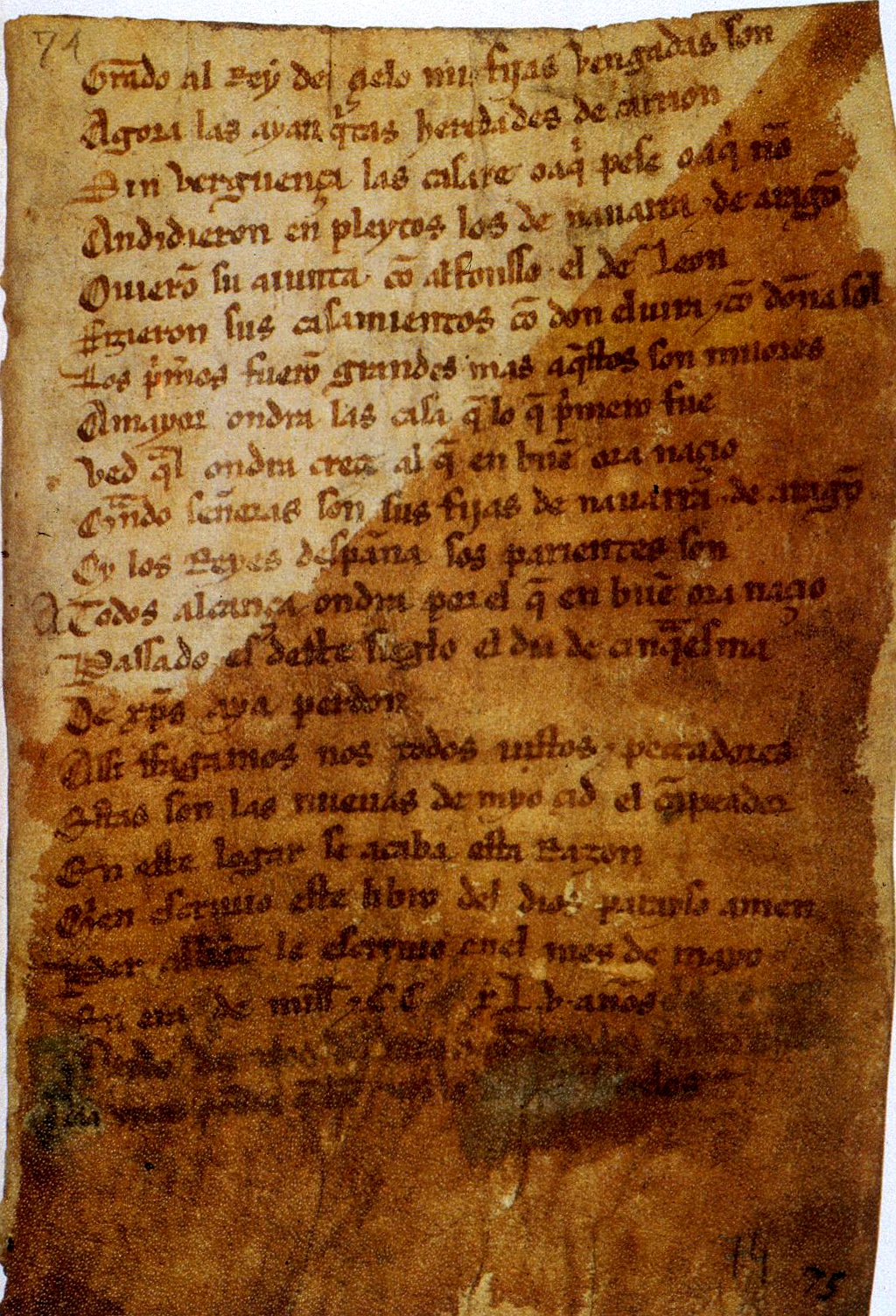Learning Spanish 101
- Introduction to Spanish
- Everyday Vocabulary
- Conversational Spanish
- Intermediate Grammar
- Travel Vocabulary
- Business Spanish
- Spanish Culture
- Advanced Grammar
- Spanish Literature
- Spanish in the Media
- Review and Practice
Basic Grammar
Understanding Verbs and Conjugation in Spanish

Verb in the Spanish language.
In the Spanish language, verbs play a crucial role in conveying the action or state of being in a sentence. This unit will provide a comprehensive understanding of Spanish verbs and their conjugation.
Introduction to Spanish Verbs
Spanish verbs are categorized into three types based on their infinitive endings: -ar, -er, and -ir. For example, "hablar" (to speak), "comer" (to eat), and "vivir" (to live) are representative verbs of each category.
Understanding Verb Conjugation
Verb conjugation refers to the process of changing the form of a verb to indicate the tense, mood, voice, aspect, person, and number. In Spanish, verbs are conjugated differently for each person (I, you, he/she/it, we, you all, they) in the present tense.
For instance, the verb "hablar" (to speak) is conjugated as follows in the present tense:
- Yo hablo (I speak)
- Tú hablas (You speak)
- Él/Ella/Usted habla (He/She/You(formal) speaks)
- Nosotros hablamos (We speak)
- Vosotros habláis (You all speak)
- Ellos/Ellas/Ustedes hablan (They/You all speak)
Regular Verbs
Regular verbs follow a consistent pattern in their conjugation. Once you learn the pattern for one regular verb in each category (-ar, -er, -ir), you can apply it to other regular verbs in the same category.
Irregular Verbs
Irregular verbs do not follow the standard conjugation patterns. They have unique conjugations that need to be memorized. Some common irregular verbs include "ser" (to be), "ir" (to go), and "tener" (to have).
Practicing Verb Conjugation
The best way to master verb conjugation is through practice. Try to use the verbs you learn in sentences, and practice conjugating them in different tenses.
By understanding and practicing verb conjugation, you will be able to express a wide range of ideas and actions in Spanish. This is a fundamental step in becoming proficient in the language.